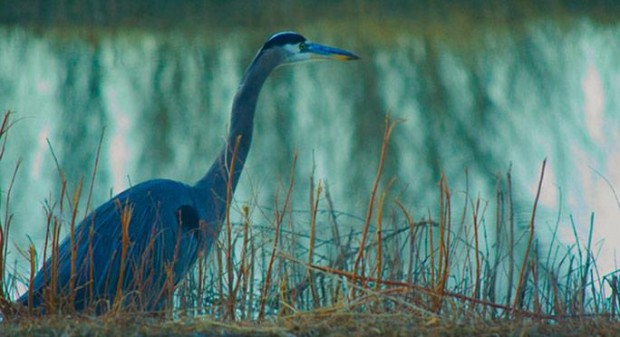Getting Outside Saturday: Patience, Patience
categories: Cocktail Hour
1 comment
 This month OnEarth.org is sponsoring a series of essays called “Answers From the Past,” which explores how old values are relevant in today’s world. So far there have been great pieces by Elizabeth Kolbert, Elizabeth Royte, and George Black. Here is my entry on the value of patience in today’s fast-twitch world. It was inspired by an article called “The Power of Patience,” by Jennifer L. Roberts, a Harvard art historian, and by Linda Hogan, my former writing teacher.
This month OnEarth.org is sponsoring a series of essays called “Answers From the Past,” which explores how old values are relevant in today’s world. So far there have been great pieces by Elizabeth Kolbert, Elizabeth Royte, and George Black. Here is my entry on the value of patience in today’s fast-twitch world. It was inspired by an article called “The Power of Patience,” by Jennifer L. Roberts, a Harvard art historian, and by Linda Hogan, my former writing teacher.“Pick an animal. Any animal.”
The words came not from a magician, but from a professor: Linda Hogan, the Native American writer who was my teacher in a University of Colorado creative-writing class back in the early 1990s. I picked a common-enough animal—a great blue heron—and, following Linda’s assignment, spent two weeks watching it, sketching it, taking notes on its movements.
And, well, how do I put this? It changed everything. The assignment had seemed dully straightforward. The experience turned out to be anything but. It turned out to be thrilling.
At first, clomping out to the creek every day with my sketchpad in hand, I tended to scare the bird off—and so I saw it mostly in flight. But even that was something. With its wingbeats deep and slow, its long neck pulled back into its chest, the heron was graceful, ghostly, and ungainly all at once: a gray vision—except for its chest, which seemed to absorb the blue of the creek below it.
During those two weeks, my schedule was simple: I sat still. In our contemporary fast-twitch culture, there may not be a less-fashionable virtue than patience. But here’s the funny thing about patience: It’s practical. It works. It gets things done.
In my case, being patient meant seeing the heron better. It was uncomfortable at first, but gradually I managed to keep still—and, as a result, the bird did, too. Or maybe I should say that it kept somewhat still, since I soon learned that it was a bird of a thousand postures. As it stood next to the creek, its neck would periscope up on alert and then quickly retract enough to completely change the metaphor: now its neck and head looked like a curled-back hand puppet. I noticed that the bird’s primary feathers were bluer than the rest, its secondaries more grey, and that together they combined to create a color uniquely “heron.” A ring of black circled its shining yellow eyes, but between eye and mask was a smaller circle of color: a whitish yellow that ran like a dripping watercolor down into the bill.
It wasn’t until I’d watched the heron for days that I caught it in what seemed like a moment of true quiet. At first it appeared completely motionless, until I noticed its bill opening and closing very slowly, as if the bird was whispering to itself. The wind ruffled its feathers slightly, but—save for the delicate opening and closing of its bill and some minute shifts in its posture—the creature didn’t move.
Here’s the funny thing about patience: It’s practical. It works. It gets things done.
Before I spent those two weeks observing the heron, I had already spent years working hard at becoming a writer. That work had necessarily included many hours of reading, researching, writing, and planning. But solitary hours of waiting and watching—at least to this extent—were new to me. I thought back to my experience recently when I read an article, “The Power of Patience,” by Jennifer L. Roberts, a professor of art history and architectural history at Harvard. In her classes, Roberts asks each of her students to write “an intensive research paper based on a single work of art of their own choosing.” The first step in working on the paper is that the students are required to visit a museum, and then spend three hours just sitting and looking at whatever artwork they’ve selected.
Three hours! Take it from this college professor: In today’s academic climate, we feel lucky to get a student’s attention for three minutes. After that point, many of them begin squirming, looking around, and reflexively checking their phones. But some of Roberts’ students apparently do stick it out. And those who do, she reports, are “astonished by the potential this process unlocked” once they’ve emerged from the other side of their boredom and started to see more in the painting that hangs in front of them. “Every external pressure,” she writes, “social and technological, is pushing students in the other direction, toward immediacy, rapidity, and spontaneity—and against this other kind of opportunity. I want to give them the permission and the structures to slow down.”


Great essay . Phil Jackson would love it . I just finished his latest book “11 Rings” and he is a big proponent of patience and zen.